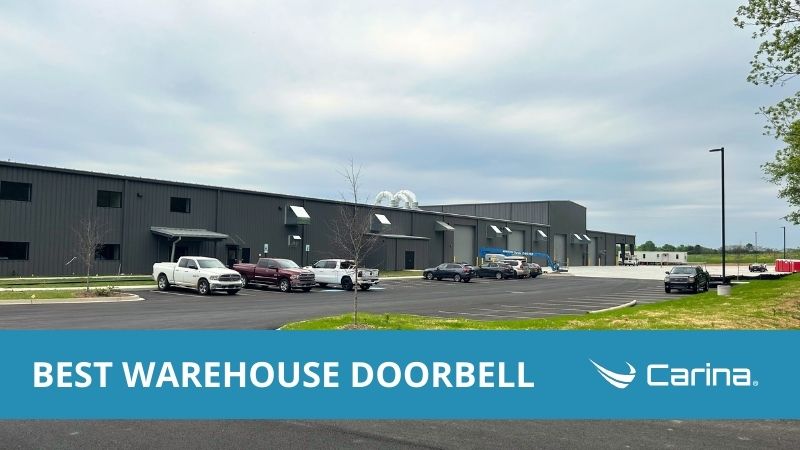Implementing a commercial audio system in a warehouse or factory enhances communication and atmosphere, offering both practical announcements and ambient music capabilities. Unlike residential setups, commercial systems, especially the 70-volt systems, are tailored for large, noisy environments, ensuring clarity and coverage.
Understanding Commercial Audio Systems
Commercial audio systems, also known as 70-volt systems, differ significantly from the home audio setups. These systems are designed to efficiently distribute sound across expansive and acoustically challenging spaces without the complexity and cost associated with traditional home audio systems.
Key Components of a Commercial Audio System
Commercial Speakers:
-
- Design and Placement: Built to endure harsh conditions in industrial settings, commercial speakers are typically rugged and mounted on walls to conserve floor space. They are crafted to project clear sound across large and noisy areas, making them ideal for factories and warehouses.
- Sound Quality vs. Cost: While these speakers may not deliver the high-fidelity audio of top-tier consumer speakers, they provide reliable performance at a more affordable price point. Their design focuses on audibility and durability rather than exquisite sound detail.
Commercial Amplifiers:
-
- Power Distribution: Selecting the right amplifier involves calculating the total wattage required by the speakers. Commercial amplifiers allow speakers to be ‘tapped’ for different power levels, which means you can customize the wattage each speaker draws. It’s advisable to choose an amplifier that offers about 20% more capacity than your calculated needs to accommodate future expansion.
- Headroom for Growth: The scalable nature of commercial audio systems means you can add more speakers as your needs grow without overhauling the entire system.
Installation Considerations
- Wiring Needs: Thanks to the high-voltage, low-current design of commercial audio systems, you can use thinner and less costly speaker wires. This setup simplifies the installation process and reduces material costs.
- System Configuration: Properly configuring a commercial audio system requires planning the number and placement of speakers for optimal sound coverage and determining the appropriate settings on each speaker to balance the system.

Can I use a standard stereo receiver?
While feasible in smaller spaces, a standard stereo receiver is generally inadequate for larger commercial environments. These receivers are designed for low-voltage, high-current output, which is not ideal for extensive speaker networks that require long cable runs and uniform sound distribution.
Benefits of a 70-Volt System
- Efficiency and Scalability: The ability to connect multiple speakers in a daisy-chain configuration without significant power losses is a major advantage. This feature not only simplifies installation but also makes the system highly adaptable to changing needs.
- Cost-Effectiveness: Utilizing less expensive wiring and requiring fewer amplifiers lowers both the initial setup and maintenance costs of commercial audio systems.
Final Thoughts
Setting up a commercial audio system in a warehouse or factory is a significant investment in your operational efficiency and workplace environment. By understanding the components and installation requirements, you can ensure a system that not only meets today’s needs but is also scalable for future expansion. Whether for announcements or background music, a well-designed commercial audio system is an essential tool for modern industrial operations.
How can we help?
Related Posts

Best Warehouse Doorbell in 2025
Warehouses and manufacturing facilities heavily rely on efficient communication and safety measures, especially at loading docks where goods are received and dispatched. Among the essential components often overlooked is the doorbell system.

Best Warehouse Intercom System in 2025
Investing in the best warehouse intercom system is a strategic decision that can significantly impact communication efficiency, worker safety, and overall productivity. By addressing the communication challenges faced by warehouse personnel and integrating with VoIP phones and E-stop buttons, warehouse managers can empower their teams with reliable and feature-rich communication capabilities.

Best Factory Break Bell System in 2025
Factory break bell systems, also known as break buzzer systems or break time alarms, are crucial for coordinating the day-to-day activities in a factory. They provide structure to the working day by signaling shift changes, breaks, and emergencies, ensuring the smooth running of operations. The best factory break time bell system addresses some of the biggest problems faced by factory managers today.




